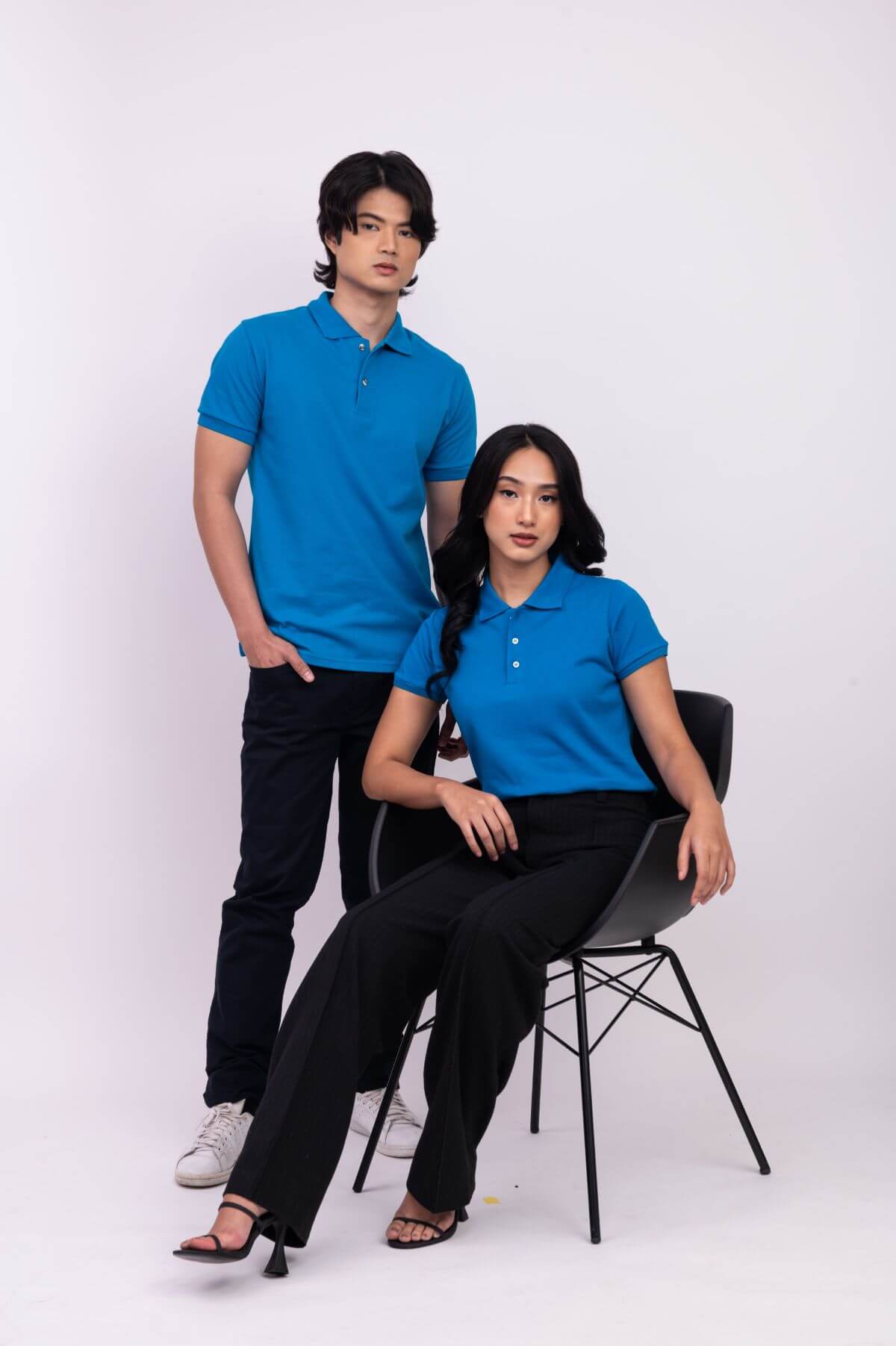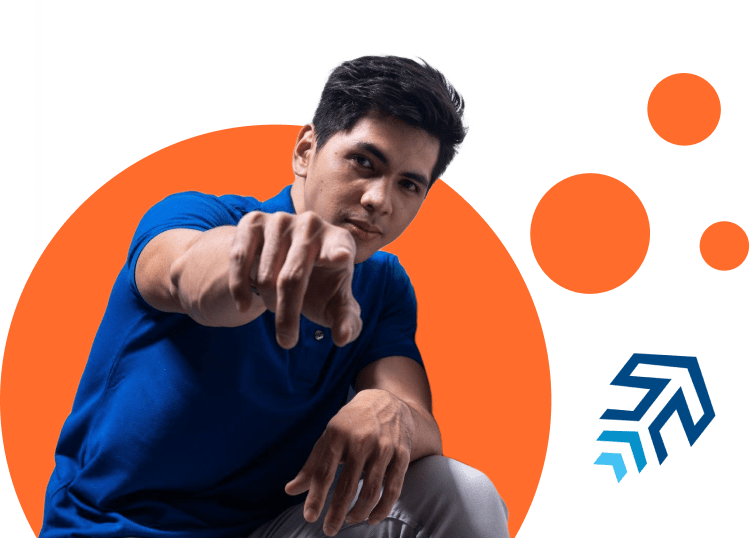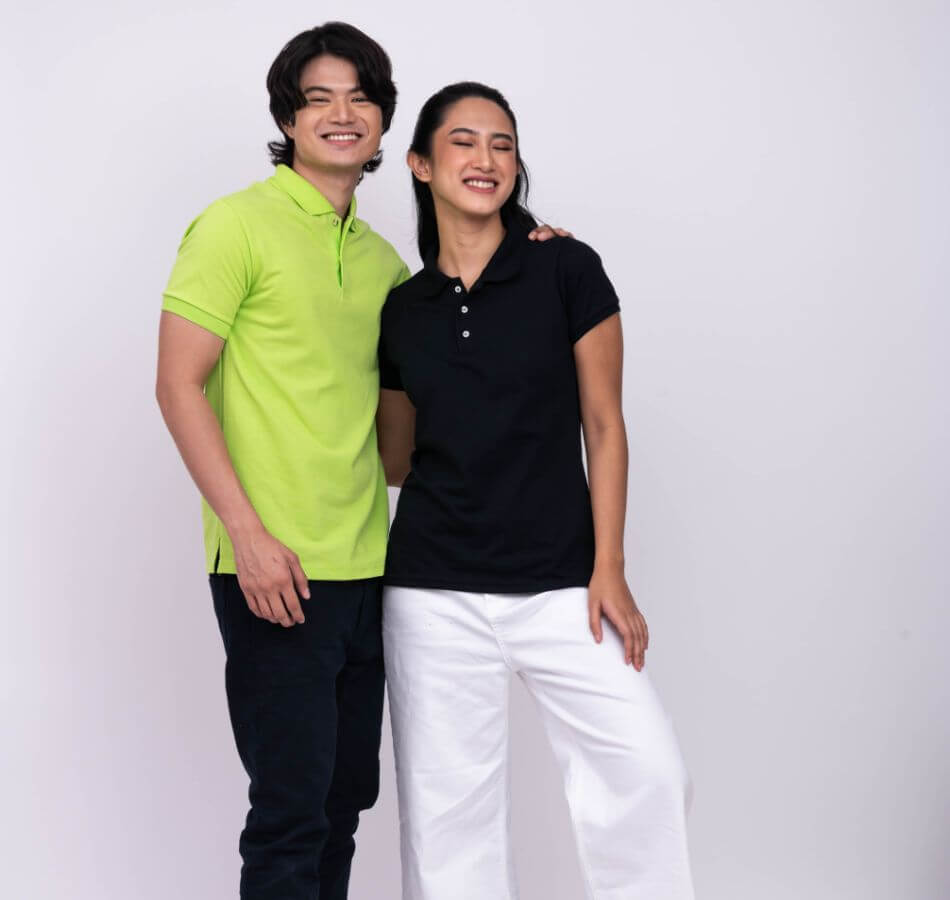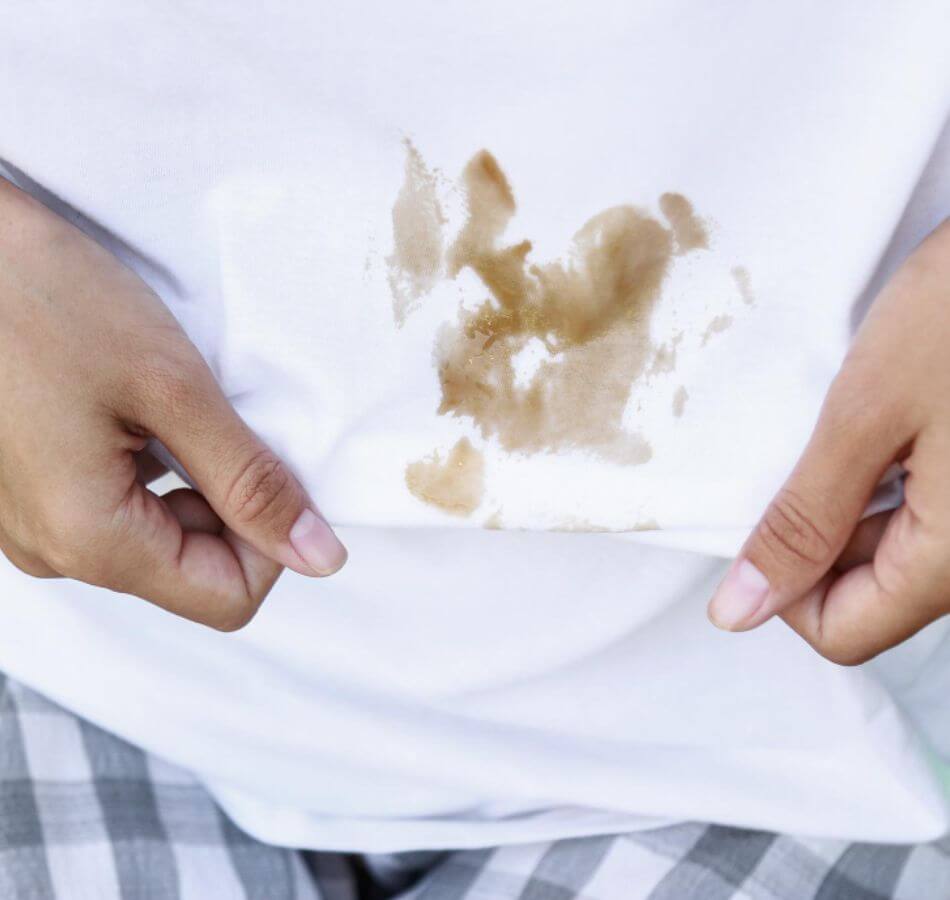How are polo shirts made?
- Materials used in polo shirts
- Knitting
- Dyeing
- Cutting
- Sewing
- Finishing
- Packaging and Shipping
Polo shirts have come a long way since their founding in the late 19th century when they were worn exclusively by polo players. Thanks to Rene Lacoste and his revolutionary mind, these shirts have since evolved into the practical yet comfortable sports clothing we know and love today. Perfect for playing tennis or relaxing casually on a date night–classic polo shirts never go out of style!
In this blog post, we’ll take a closer look at how polo shirts are made. Read on to know more!
Materials Used in Polo Shirts
Have you ever wondered why Polo shirts, T-shirts, and button-up shirts are made of different fabrics? That’s because each material adds something different to the shirt when you wear it.
Cotton is the most popular material because it is soft, easy to care for, and breathable. Polyester is the perfect complement because it is lightweight, durable, and doesn’t wrinkle or shrink.
In recent years, blends of cotton and polyester that get the best of both materials have become popular, making them a trendy choice for polo shirts. In particular, Lifeline’s polo shirts are made of super comfortable and breathable Lacoste pique/honeycomb fabric blended with CVC cotton. These shirts are perfect for anyone who wants to look stylish while feeling comfortable, whether you’re wearing them for work uniforms or creating your own custom designs.
Knitting
Fabric making is an art in and of itself, and knitting is one of the first steps in making a polo shirt. Knitting involves manipulating yarns of different colors or types together to make a strong but stretchable material that can be made into any shape to fit perfectly with you. Knitting can be done by hand or with a machine.
Due to their speed and efficiency, knitting machines have become an essential part of modern production. They can make fabrics with uniform textures and designs in less time than other methods.
Dyeing

After the fabric of polo shirts is knitted, it’s time to give it some color! There are different ways to add color to the fabric. Some use plant dyes, while others use chemicals. Lifeline offers a wide range of colors that are great for any event, whether it’s a summer occasion or a fancy night out. Our high-quality colored polo shirts will keep your clothes looking beautiful for a long time.
Cutting
For polo shirts to fit perfectly, the fabric has to be cut in a certain way. To start, the cloth must be laid out on a cutting table and cut by a machine using a pattern or template made of paper or cardboard. This makes sure that all of the pieces are cut the same way and are all the same size.
Once the pieces have been cut, they need to be sorted and bundled by size. This makes sure that each shirt only uses the right pieces, speeds up the sewing process, and reduces mistakes. At Lifeline, we know how important it is to find the right fit. That’s why we take pride in being able to fit people of all shapes and sizes, so you can find something perfect!
Sewing
Once the fabric has been cut into its desired shapes and sizes, the sewing stage of creating polo shirts begins. All of the different pieces of fabric must be carefully sewn together with overlock stitching or flatlock stitching, depending on whether you want strong seams or seams that are easy to wear. Overlock stitching makes edges that are strong, while flatlock stitching makes seams that are smooth and comfy.
At this point, the shirt’s collar and buttons are sewn on, giving it its signature look. All the different parts start coming together to make the finished product. Lifeline takes great care to stitch our shirts using only the best techniques and materials, so you can enjoy a high-quality polo shirt for years.
Finishing

Once the shirt is sewn together, it is finished by adding buttons and other details. The shirt is then inspected for quality control to ensure that it meets the required standards. Any loose threads or imperfections are fixed, and the shirt is pressed to give it a clean and polished look.
Packaging and Shipping
The final step in making a polo shirt is packaging and shipping. The shirt is folded, tagged, and placed into a plastic bag or box for shipping. The finished product is then sent to retailers or wholesalers for distribution. Lifeline is one of the trusted polo shirt suppliers in the Philippines, having spent 30 years committed to creating Polo Shirts and Tee Shirts that are tailored to refinement.
Key Takeaway
Now that you understand how polo shirts are made, you can appreciate the level of skill and craftsmanship that goes into creating this timeless and versatile piece of clothing. Looking for a dependable and reliable polo shirt supplier in the Philippines? Lifeline Shirts have been trusted by businesses, entrepreneurs, and families alike. We pride ourselves on providing quality service and top-notch products that you can rely on.
Contact us today to learn more about our polo shirt options!




